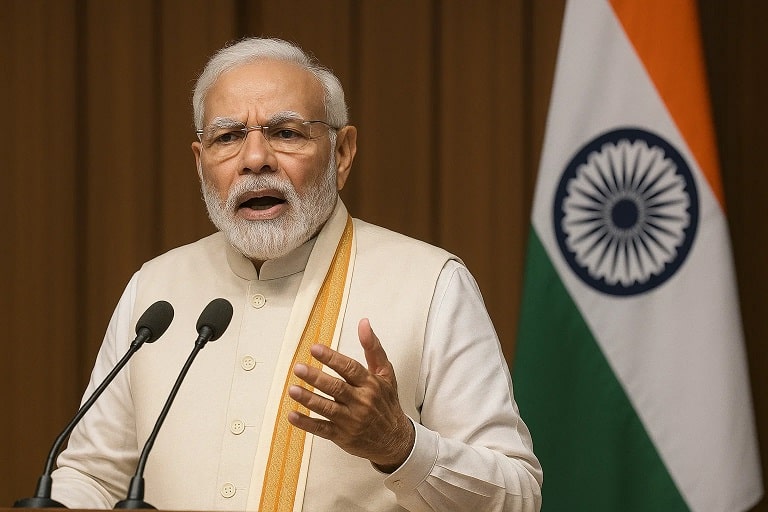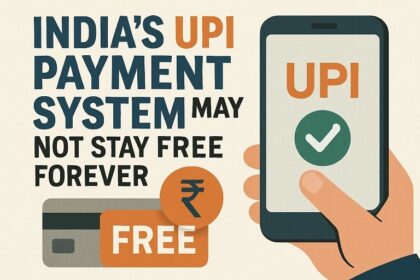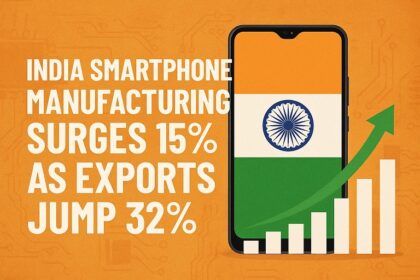Modi Announces Sweeping Reforms in Historic 103-Minute Independence Day Speech
New Delhi, August 15, 2025 – Prime Minister Narendra Modi delivered a record-breaking 103-minute Independence Day speech from the Red Fort on August 15, 2025, unveiling a series of transformative reforms aimed at propelling India toward a $10 trillion economy by 2047. The speech, the longest by any Indian prime minister, outlined ambitious initiatives in national security, economic growth, job creation, and technological self-reliance, while issuing stern warnings to Pakistan and addressing global trade tensions. Modi’s announcements, delivered on India’s 79th Independence Day, have sparked widespread discussion, positioning the nation as a rising global power.
A Historic Address: Key Announcements
Modi’s 12th consecutive Independence Day speech, surpassing Indira Gandhi’s record, introduced five major reforms to drive India’s vision of Viksit Bharat (Developed India) by 2047. Speaking from 7:33 AM to 9:16 AM IST, he broke his own 98-minute record from 2024, blending policy announcements with a strong nationalistic tone.
- Sudarshan Chakra Mission: Modi unveiled a decade-long defense initiative to develop an Iron Dome-like system, Mission Sudarshan Chakra, inspired by Lord Krishna’s mythical weapon. Aimed at completion by 2035, it will protect civilian and strategic sites using indigenous technology, countering terrorist threats with a “strike-back” capability. “This powerful system will not only counter attacks but also strike back at terrorists,” Modi said.
- GST Reforms as Diwali Gift: Promising a “Diwali bonanza,” Modi announced next-generation Goods and Services Tax (GST) reforms to be unveiled by October 2025, reducing taxes on essential goods and easing burdens on MSMEs, local vendors, and consumers. A dedicated Reform Task Force will modernize governance and cut red tape to support a $10 trillion economy.
- Pradhan Mantri Viksit Bharat Rozgar Yojana: A ₹1 lakh crore employment scheme was launched to create 3.5 crore jobs over two years, offering ₹15,000 monthly support to first-time private sector employees from August 1, 2025, to September 31, 2027. Employers will receive incentives, bridging the gap from Swatantra Bharat (Independent India) to Samriddha Bharat (Prosperous India).
- High-Powered Demography Mission: Addressing illegal infiltration in border areas, Modi launched a mission to tackle demographic imbalances, linking it to national security and the protection of tribal lands and citizens’ rights. “These infiltrators are snatching the bread of our youth and endangering our sisters and daughters,” he warned.
- Nuclear Energy Expansion: Modi announced plans to increase India’s nuclear energy capacity tenfold by 2047, with 10 new reactors under construction to reduce fossil fuel dependence. This aligns with renewable energy initiatives in solar, hydrogen, and hydropower.
Initiative | Objective | Timeline | Key Impact |
|---|---|---|---|
Sudarshan Chakra Mission | Iron Dome-like defense system | By 2035 | Enhances national security, indigenous tech |
GST Reforms | Reduce taxes, support MSMEs | October 2025 | Boosts consumption, economic growth |
PM Viksit Bharat Rozgar Yojana | Create 3.5 crore jobs | 2025–2027 | Youth employment, economic bridge |
Demography Mission | Address illegal infiltration | Ongoing | Safeguards security, tribal rights |
Nuclear Energy Expansion | Tenfold capacity increase | By 2047 | Energy self-reliance, sustainability |
Strategic and Geopolitical Context
Modi’s speech emphasized Atmanirbhar Bharat (self-reliant India), spotlighting India’s first domestic semiconductor chip by year-end 2025, a milestone in reducing 90% import dependency. He hailed Operation Sindoor, a retaliatory strike following the April 2025 Pahalgam terror attack, as a testament to India’s indigenous defense capabilities, declaring, “Blood and water will not run together,” and reaffirmed the suspension of the Indus Waters Treaty.
Globally, the speech coincided with praise from leaders like Russia’s Vladimir Putin, who lauded India’s “well-deserved authority” in global affairs, and France’s Emmanuel Macron, reflecting India’s rising influence. However, U.S. tariffs, including a 25% duty on Indian imports (paused in July 2025), and Trump’s call to curb Indian tech hiring pose challenges, especially as India overtakes China as the top U.S. smartphone supplier. Modi’s firm stance against U.S. trade concessions in agriculture underscored India’s resolve to protect farmers.
Global Leader | Country | Key Praise |
|---|---|---|
Vladimir Putin | Russia | India’s global authority, strategic partnership |
Emmanuel Macron | France | Deepening ties toward 2047 |
Marco Rubio | USA | Historic U.S.-India relationship |
Penny Wong | Australia | Strengthened strategic partnership |
Domestic and Social Impact
Modi celebrated India’s cultural unity, praising the Rashtriya Swayamsevak Sangh (RSS) on its centenary as the “world’s biggest NGO” for its service to national welfare. He emphasized indigenous innovation, urging youth to develop jet engines, EV batteries, and cybersecurity tools, tying self-reliance to national pride. The speech also highlighted India’s Unified Payments Interface (UPI), handling 50% of global real-time transactions, as a technological marvel.
On X, reactions were polarized. @narendramodi shared clips of the speech, emphasizing GST reforms and self-reliance, while @amitmalviya hailed it as a “springboard for Bharat’s next leap.” Critics like @centerofright questioned the feasibility of job creation targets, citing past unfulfilled promises.
Challenges and Future Outlook
Implementing these reforms faces hurdles: the GST overhaul requires state consensus, job creation depends on private sector uptake, and the Sudarshan Chakra Mission demands significant R&D investment. Geopolitical tensions, including U.S. trade policies and India’s balancing act with Russia, could complicate global partnerships. However, India’s space achievements (e.g., NISAR launch) and tech advancements, like Arintra’s $21 million raise, bolster its trajectory.
By 2030, India aims to lead in semiconductors and nuclear energy, with Modi’s reforms laying the groundwork for a $10 trillion economy. The success of these initiatives will hinge on execution, private sector collaboration, and navigating global trade dynamics.
Conclusion: A Bold Vision for India’s Future
Prime Minister Modi’s 103-minute Independence Day speech on August 15, 2025, unveiled a transformative roadmap for India’s economic, technological, and security future. From the Sudarshan Chakra Mission to GST reforms and massive job creation, the announcements signal India’s ambition to become a global powerhouse by 2047. As the nation navigates trade tensions and leverages its growing influence—celebrated by leaders like Putin—Modi’s vision sets a high-stakes path for a self-reliant, prosperous India.












